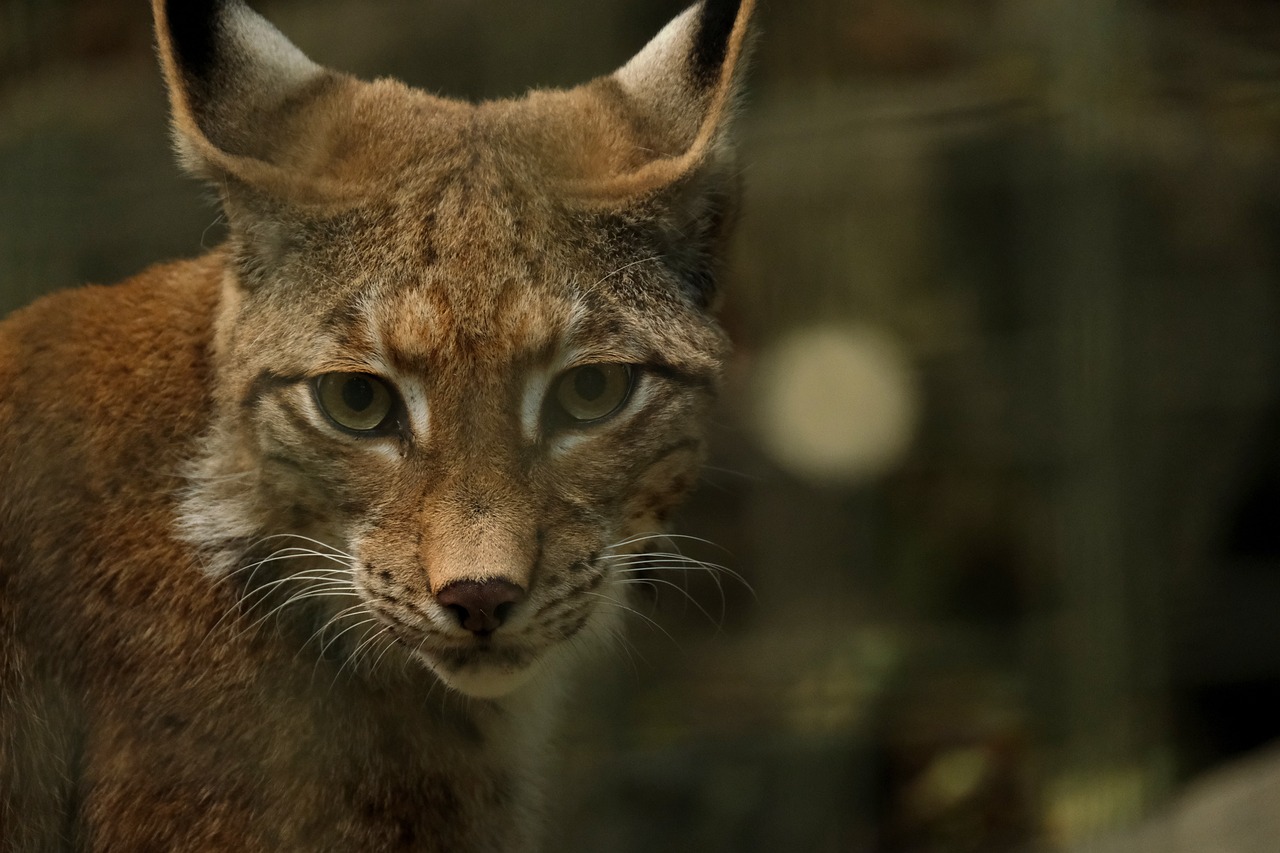
Pre-reading questions:
- What do you know about the Iberian lynx and its habitat?
- How important do you think the survival of endangered species like the Iberian lynx is?
Vocabulary:
- native /NAY-tiv/
- endangered /en-DAN-jerd/
- recovery /ri-KUH-ver-ee/
- suffer /SUF-er/
- territory /TER-i-tor-ee/
[adjective] – used to refer to plants and animals that grow naturally in a place, and have not been brought there from somewhere else
The kangaroo is native to Australia.
[adjective] – animals or plants that may soon not exist because there are very few now alive
The panda is an endangered animal that needs protection.
[noun] – the process of improving or restoring a situation after it has suffered setbacks or declines
The city focused on economic recovery after the devastating flood caused significant setbacks to local businesses.
[verb] – to experience negative consequences or harm
Many communities suffer from the lack of access to clean drinking water, leading to various health issues.
[noun] – metaphorically refers to a specific area or domain that is controlled or claimed by a particular entity
Wolves mark their territory to keep other animals away.
Article reading:
The lynx population recovery heavily depended on rebuilding the rabbit population, which suffered due to habitat loss and human impact. Conservation initiatives tackled challenges like poaching and road accidents through community involvement and educational campaigns. Successful reintroduction programs expanded the lynx’s territory by 3,320 square kilometers. However, ongoing challenges persist; the lynx’s future hinges on the stability of its prey, particularly rabbits vulnerable to environmental changes and diseases. Climate change introduces new risks like wildfires that disrupt habitats and prey availability. To ensure the lynx’s long-term survival, continuous monitoring and adaptive management are crucial. These measures track population trends, address emerging threats, and adjust conservation strategies as needed. Sustaining progress requires ongoing community engagement and international cooperation to secure a stable future for this iconic species.
Comprehension questions
- What were the main threats to the Iberian lynx’s survival two decades ago?
- How many adult Iberian lynxes were there in 2001?
- What efforts contributed to the reclassification of the Iberian lynx from endangered to vulnerable?
- Why is the stability of the rabbit population important for the Iberian lynx’s survival?
- What new risks does climate change introduce to the Iberian lynx’s habitat?
Discussion questions
- Have you ever visited a nature reserve? If so, what animals did you see there? If not, would you like to visit one and why?
- Do you know of any local efforts to protect endangered species in your area? If so, what are they? If not, what kind of efforts would you like to see?
- Do you agree that habitat restoration is the most important factor in the recovery of endangered species like the Iberian lynx?
- What do you think are the biggest challenges in balancing human activities and wildlife conservation?
- How might climate change affect conservation strategies for endangered species in the future?